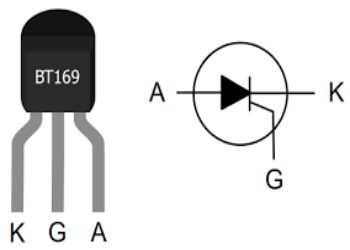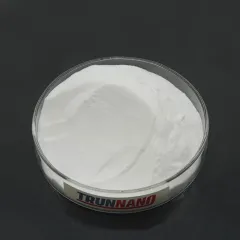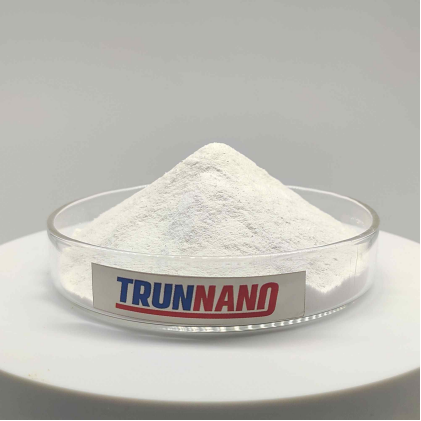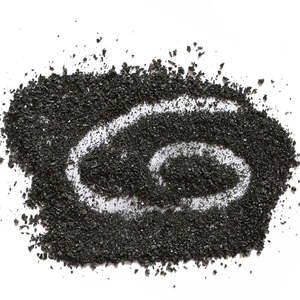Introduction to Concrete Foaming Brokers
Concrete foaming agents are chemical admixtures utilized to create steady, consistent air spaces within concrete mixes, causing light-weight cellular concrete with boosted thermal insulation, lowered density, and boosted workability. These agents operate by decreasing the surface stress of blending water, allowing air to be entrained and stabilized in the kind of distinct bubbles throughout the cementitious matrix. The quality and efficiency of foamed concrete– such as its compressive toughness, thermal conductivity, and sturdiness– are heavily influenced by the type, dosage, and compatibility of the foaming representative made use of. This write-up explores the mechanisms behind foaming agents, their category, and how they contribute to maximizing the properties of lightweight concrete for modern building and construction applications.
(CLC Foaming Agent)
Classification and Device of Concrete Foaming Agents
Concrete foaming representatives can be broadly categorized right into 2 primary groups: anionic and cationic surfactants, with some non-ionic or amphoteric kinds also being used relying on particular formulation needs. Anionic frothing representatives, such as alkyl sulfates and protein-based hydrolysates, are widely utilized because of their outstanding foam stability and compatibility with cement chemistry. Cationic representatives, although much less typical, offer special advantages in specialized formulations where electrostatic interactions need to be managed.
The device of activity includes the adsorption of surfactant molecules at the air-water interface, reducing surface area stress and making it possible for the development of penalty, secure bubbles during mechanical frustration. A high-quality foaming agent needs to not just create a huge volume of foam but additionally keep bubble integrity with time to stop collapse prior to cement hydration is full. This requires an equilibrium in between foaming ability, drainage resistance, and bubble coalescence control. Advanced formulas usually incorporate stabilizers such as viscosity modifiers or polymers to enhance bubble perseverance and enhance the rheological habits of the fresh mix.
Effect of Foaming Representatives on Lightweight Concrete Quality
The introduction of air voids with frothing agents dramatically changes the physical and mechanical qualities of light-weight concrete. By changing solid mass with air, these voids decrease general density, which is particularly beneficial in applications calling for thermal insulation, sound absorption, and architectural weight decrease. For example, frothed concrete with densities ranging from 300 to 1600 kg/m five can achieve compressive staminas between 0.5 MPa and 15 MPa, relying on foam material, cement type, and curing conditions.
Thermal conductivity decreases proportionally with increasing porosity, making foamed concrete an attractive alternative for energy-efficient structure envelopes. Furthermore, the presence of evenly dispersed air bubbles boosts freeze-thaw resistance by working as stress alleviation chambers throughout ice development. Nonetheless, extreme lathering can cause weak interfacial shift zones and inadequate bond growth between concrete paste and accumulations, potentially endangering long-lasting resilience. Consequently, accurate application and foam quality assurance are essential to achieving optimum efficiency.
Optimization Approaches for Improved Efficiency
To take full advantage of the benefits of lathering representatives in lightweight concrete, numerous optimization methods can be utilized. Initially, picking the proper lathering representative based on resources and application demands is vital. Protein-based agents, for example, are chosen for high-strength applications because of their premium foam stability and compatibility with Portland cement. Artificial surfactants may be more suitable for ultra-lightweight systems where reduced costs and simplicity of taking care of are priorities.
Second, integrating auxiliary cementitious materials (SCMs) such as fly ash, slag, or silica fume can improve both very early and lasting mechanical buildings. These materials improve pore structure, reduce leaks in the structure, and improve hydration kinetics, thereby making up for stamina losses caused by raised porosity. Third, progressed blending technologies– such as pre-foaming and in-situ lathering approaches– can be utilized to make sure better circulation and stabilization of air bubbles within the matrix.
Additionally, using viscosity-modifying admixtures (VMAs) helps avoid foam collapse and partition throughout casting and consolidation. Ultimately, regulated healing problems, including temperature level and moisture law, play an important function in making certain proper hydration and microstructure growth, especially in low-density foamed concrete systems.
Applications of Foamed Concrete in Modern Construction
Lathered concrete has actually gotten widespread acceptance throughout various construction fields because of its multifunctional properties. In building construction, it is thoroughly made use of for floor screeds, roofing system insulation, and wall surface panels, offering both architectural and thermal advantages. Its self-leveling nature minimizes labor prices and boosts surface finish. In infrastructure tasks, frothed concrete functions as a light-weight fill material for embankments, bridge abutments, and passage backfilling, successfully minimizing earth pressures and negotiation threats.
( CLC Foaming Agent)
In environment-friendly structure style, frothed concrete adds to sustainability objectives by decreasing embodied carbon via the consolidation of industrial byproducts like fly ash and slag. Moreover, its fire-resistant properties make it suitable for easy fire security systems. In the premade building sector, foamed concrete is progressively utilized in sandwich panels and modular real estate units as a result of its ease of manufacture and quick release capacities. As need for energy-efficient and lightweight building materials expands, lathered concrete strengthened with optimized lathering agents will continue to play a crucial role fit the future of lasting architecture and civil design.
Final thought
Concrete foaming representatives are instrumental in enhancing the performance of light-weight concrete by enabling the creation of stable, consistent air gap systems that enhance thermal insulation, lower thickness, and increase workability. Through mindful option, solution, and combination with advanced products and methods, the residential properties of foamed concrete can be tailored to fulfill varied building demands. As research study remains to advance, innovations in lathering innovation pledge to further increase the extent and effectiveness of light-weight concrete in modern building methods.
Vendor
Cabr-Concrete is a supplier of Concrete Admixture with over 12 years of experience in nano-building energy conservation and nanotechnology development. It accepts payment via Credit Card, T/T, West Union and Paypal. TRUNNANO will ship the goods to customers overseas through FedEx, DHL, by air, or by sea. If you are looking for high quality Concrete Admixture, please feel free to contact us and send an inquiry.
Tags: foaming agent, foamed concrete, concrete admixture
All articles and pictures are from the Internet. If there are any copyright issues, please contact us in time to delete.
Inquiry us









